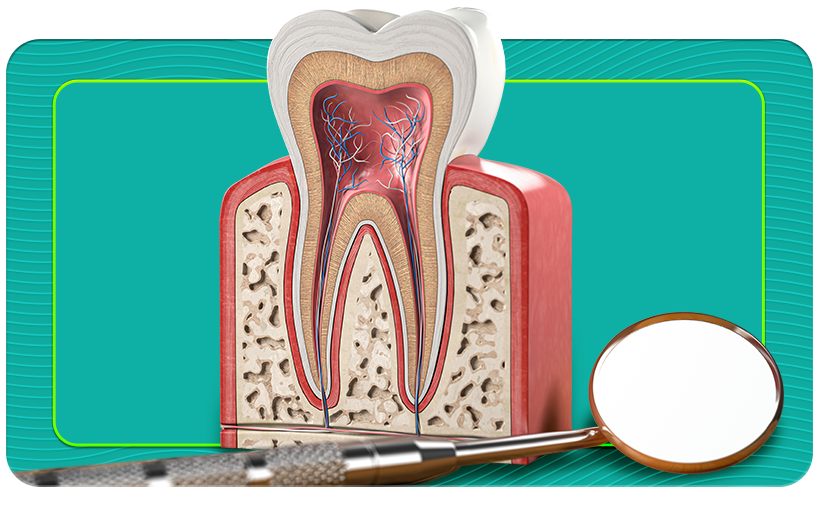
Niçin kanal tedavisi yapılır?
Öncelikle şu bilinmelidir ki, doğal dişin yerini hiç bir yapay diş tutmaz. Dolayısıyla doğal dişlerimiz tedavi ederek son noktaya kadar korumalıyız. Dişlerimizden biri hastalandığında en bilinen koruma yöntemlerinden biri de kanal tedavisidir. Kanal tedavisi hasar görmüş dişlerin korunmasında yardımcıdır.
Pulpa (sinir, kan, lenf damarlarını içeren dişin içindeki yumuşak tabaka), kendini tamir edemeyecek derecede hasar gördüğünde pulpa ölür. genellikle buna, kırık dişlerdeki veya derin çürüklerdeki bakteriler sebep olur. Bakteriler dişin özünde iltihaba yol açar. Hasar görmüş veya hastalanmış pulpa çıkarılmazsa diş ve çevresindeki dokular enfeksiyona maruz kalır. Ve sonunda dişinizi tamamen kaybedebilirsiniz.
Kanal tedavisi nedir ve nasıl uygulanır?
Kanal tedavisi pulpanın hasar gördüğü durumlarda uygulanan bir tedavi şeklidir. Önceki yıllarda hastalanmış yumuşak diş tabakasıyla karşılaşıldığında tek çözüm çekim iken, günümüzde bu dişleri tedavi etmek mümkündür.
Kanal tedavisi yapılmazsa ne olur?
Derin çürük ve çatlak dolayısıyla pulpanın kendini iyileştiremeyeceği durumlarda diş canlılığını kaybeder, enfeksiyon bütün dişe yayılabilir. Kanal tedavisi yapılmazsa enfeksiyon kök ucundaki dokulara kadar ulaşabilir. Dişi çevreleyen çene kemiği de iltihaplanarak aşınır. Meydana gelen bu boşlukta abse oluşur. Bu tabloya ağrı ve şişlik de eşlik eder ve diş kısa zamanda kaybedilir.
Kanal tedavisinin aşamaları;
• Öncelikle ağrısız ve acısız bir tedavi olması için dişe anestezi yapılır.
• Daha sonra çürük temizlenip, dişin özüne ulaşılınca hastalıklı ve yumuşak doku çıkarılır. Sinir ve doku artıkları temizlenir.
• Kök ucuna kadar diş kanalına şekil verilir. Gerekirse bazı ilaçlar uygulanarak iyileşme hızlandırılabilir.
• Seanslar arasında diş iyileşene kadar geçici dolgu maddeleriyle dişin üzeri kapatılır. İltihabın üremesinin durduğu anlaşıldıktan ve kök ucundan iltihap gelmesi sona erdikten sonra kanal içerisi özel bir dolgu maddesiyle, kök ucuna kadar doldurulur.
• Bazı vak'alarda bu seanslara hiç gerek olmayıp tek bir seansta da kanal tedavisini sağlıklı bir şekilde kanal tedavisini bitirmek mümkündür.
Kanal tedavisi uygulanmış bir dişin ömrü ne kadardır?
Eğer diş tekrar enfekte olmazsa ve çürümesini önleyici tedbirler alınırsa, ömür boyu bu dolgu kullanılabilir. Düzenli diş hekimi kontrolleriniz de enfeksiyonun başlangıcını yakalayabilirsiniz. Ayrıca çok iyi bir ağız bakımı ile de dişin tekrar çürümesi önlenmelidir.